DETROIT — For a glimpse into Ford Motor Co.'s expectations for the growth of its North American business, look no further than Kumar Galhotra's office space.
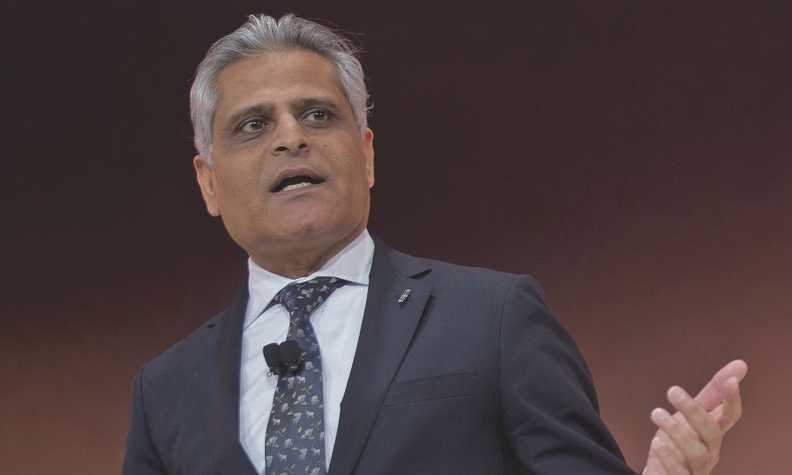
Roughly 15 months after he was named Ford's president of North America, Galhotra and his team have moved from Ford World Headquarters to more spacious digs in nearby Regent Court, a two-tower building that houses, among other teams, Ford's marketing and sales units. The team previously operated out of makeshift "franchise rooms" dedicated to individual nameplates that were slapped together from former executive offices and meeting spaces on the 11th floor of Ford's Glass House in Dearborn, Mich.
The office upgrades come at a pivotal time in North America, the company's longstanding moneymaker. Ford is aiming to have the industry's freshest lineup by 2020 and hoping that product, focused on profitable pickup and utility segments, will help improve margins.
"We have a lot of great product this year," Galhotra, who led Lincoln before taking his current post, told Automotive News . "A lot of product momentum should help both provide great vehicles for our customers and for our bottom line."
Galhotra, 53, spoke with Staff Reporter Michael Martinez and Chief Content Officer Jamie Butters in May about Ford's outlook for its North American business, including plans for some upcoming products. Here are edited excerpts.
Q: Ford has set a 10 percent North American profit margin target. Where is the company in terms of achieving that?
A: We just had an excellent [first] quarter. This is the third consecutive quarter of year-over-year improvement, so the signals are clearly there that what we are doing is working. We intentionally haven't put a strict timeline on 10 percent because there are way too many variables that impact the business. The overall trajectory needs to be toward 10 percent. Will there be ups and downs? Absolutely. There are multiple macroeconomic, regulatory levers that would impact that.
Is the 10 percent goal a full-year average? Or do you expect to consistently hit 10-plus every quarter?
My view is, in our industry, we should emphasize the full year more than each quarter because of multiple factors that can provide quarter-to-quarter variability. Weather impacts it. There's seasonality in our fleet business. Then there's quarter-to-quarter variability in our costs. We're a capital-intensive business, so if you launch a particular product in third quarter vs. fourth quarter, that's going to have a big impact. I want to see improvement in every quarter, but I'm very aware that quarter-to-quarter variability is a fact of life.
What's the biggest threat to North America?
There are multiple headwinds that we manage every day. It's not one particular threat. A particular headwind from the customer side could be interest rates. They've gone up, so that's something that needs to be managed very carefully, providing the customers what they want and what they can afford. The environment in terms of tariffs continues to be volatile. We're doing a lot of work on quality and fully expect improvement between 2018 and 2019. Let's not forget the competition; nobody's standing still. All day, every day, we're all fighting for share and volume, and how we react to each other's actions is a daily part of work. It's not one threat. It's managing all parts of the business.
Last year, Ford axed plans to bring the Focus Active wagon to North America. Are tariffs impacting other product plans?
Generally, we need the steel and aluminum tariffs to go away as part of [the United States-Mexico-Canada Agreement]. That was a very substantial headwind from 2017 to 2018. The impact is about flat '18 to '19, but it's still there. We do import parts from China, and those are impacted; those will be more expensive as they're coming here. We do ship substantial Lincoln volumes from the U.S. to China. As those volumes are impacted by higher tariffs on the China side, we have to make adjustments in the U.S. plants. That has an obvious impact of scale for us; those plants being set up to serve two markets now have a lot less volume. It's a very complex situation.
Relief on metals tariffs has been announced. Have you accounted for that?
I think it's a very great first step, but we need to keep in mind it still needs to be ratified, and that's very important. In our forecast, it does not include elimination of 232 tariffs for steel and aluminum until it's secured.
It's been a year since Ford announced plans to cut sedans. Will you lose market share as you exit those segments?
No. We believe we will make it up through multiple actions. Managing the timing is complex. Because we are a capital-intensive business, a product cycle for us is years, not days. Retooling a plant takes time. With Bronco and the small rugged utility coming, expansion of Expedition and Navigator capacity, with a fresh Explorer and Escape, if you combine all that, at a run-rate level, we think we'll be fine in making up the market share. Would it be the same every month? You can't be that precise about it.
Is there concern about losing sedan customers to some of your rivals?
There will be lots of customers also, the flip side, in vehicles that we weren't providing previously. The question really is, where are our strengths, and where is our capital best deployed? That's something we take very seriously now.
Automotive News has reported that Ford is considering the Bronco and its other off-roaders as a "family" of vehicles. Would you consider it as its own subbrand?
I can't go into the details, but I can say the Bronco brand name is so strong, we're looking at all kinds of possibilities. It's a very emotional product. Along with that love for that brand name comes the responsibility of how you execute that product. If the Bronco is going to be a Bronco, it has to deliver on capability and feel and emotional pull that customers have for that brand. We have to be really good stewards of that brand name. We have to look at all opportunities that are out there. We're studying very carefully not just where we want to go, but where can the customer allow us to go with that name?
Is Ford considering having more than one product with the Bronco name?
We're studying possibilities. I can't be any more specific than that.
Can Ford beat Jeep in the off-road segment?
I feel that looking at it from that broad a lens — off-road only — is just the starting point. But then you need to look at, what is unique about Bronco vs. other similar vehicles in the marketplace functionally, emotionally and from a design-language perspective? Getting those things right is going to be very, very important. We know there is a lot of love for that nameplate in the marketplace. It goes beyond the name itself; it's what it represents. Because some of our customers are spending $200,000 or more restoring their Broncos, and there are hundreds of Bronco clubs all over the U.S. The passion for the product, from our customers, dealers and employees, is incredible. The market research we do, both on the concept and research with prototypes, has been very well-received. You put all those together, we're very confident there's a substantial opportunity for us, both in terms of volume and pricing. Is there space out there? Yes. Can we make a strong business case about that? Absolutely.
Does Ford plan a charging network for electric vehicles? Would it be Ford- branded or part of a consortium?
If you're going to put EVs on the market, you need a very strong and well-thought-out charging strategy. And we do; we're working on it. I don't think we're close enough to declare [possible collaborations]. It is going to involve several stakeholders to execute it properly. First and foremost, we're looking at it through the lens of the consumer, to provide great options for charging at home. But then, we need to have a very broad network that helps them charge away from home. The fundamental issue is to solve range anxiety.
Other competitors have tried and failed to sell electric pickups. Why electrify the F series?
It goes back to our ethnographic research. Our F-series team go to where they use those vehicles. It wasn't just the vehicle itself, it was the vehicle in its environment. They noticed, in multiple construction sites, there was always a generator, and it was always noisy and smelly. Then the question is, what's the insight there? Could you just remove all that noise and smell? It's not just a fuel economy play, it's s a totally different experience play.
The next-generation F-150 launches in 2020. Ram has had success in part because of its interior. How much will the interior of the F-150 evolve?
This was our philosophy at Lincoln, and this is our philosophy more and more here leaning into human-centered design. The interior space provides an experience for our customers. We're very thoroughly looking at what experiences to provide those customers. Both work and personal-use customers have different needs. We know what those needs are and what those experiences ought to be. We're designing an interior that's going to meet those functional needs and also provide surprises and delights for our customers. Interiors are important for all vehicles, but especially for that vehicle.


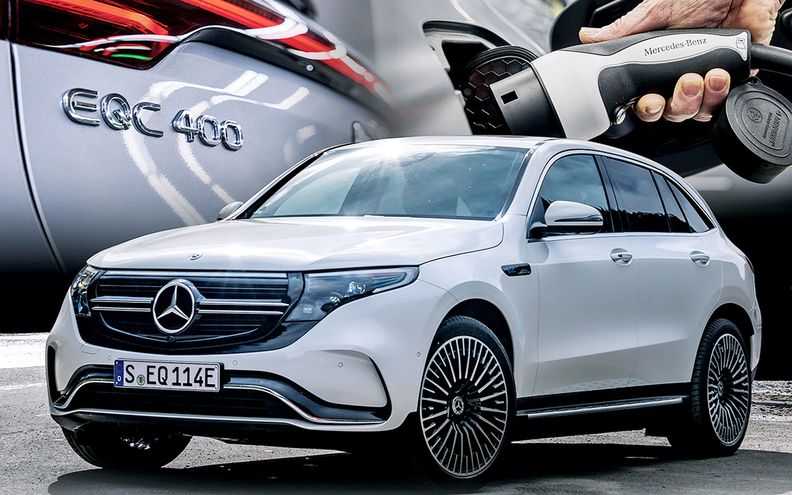
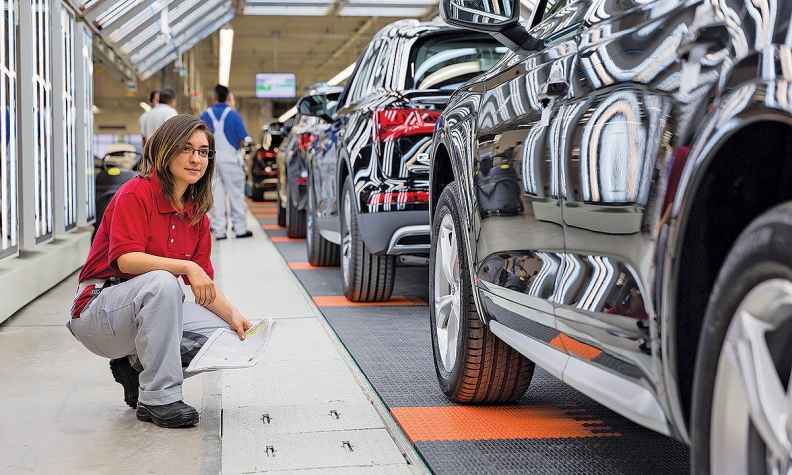
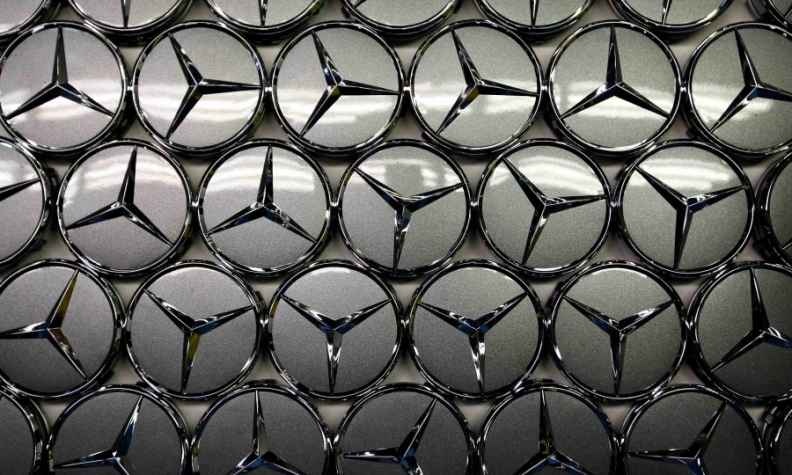
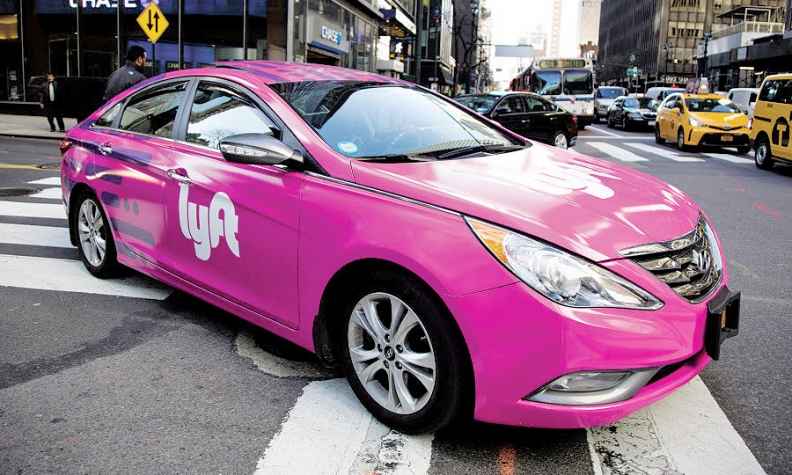
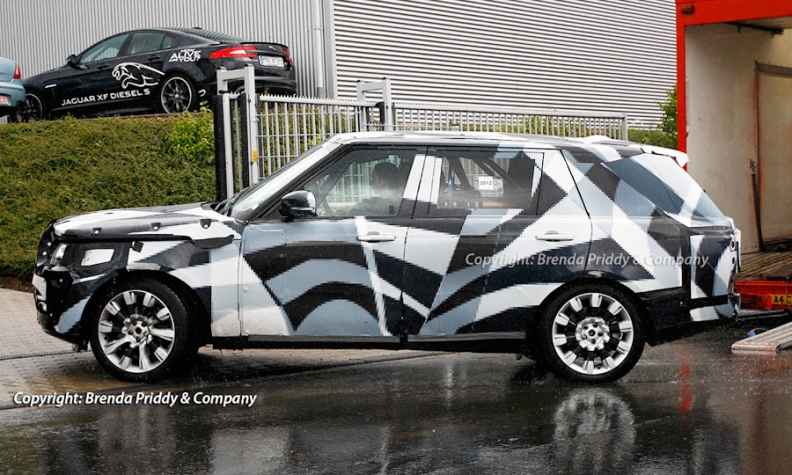
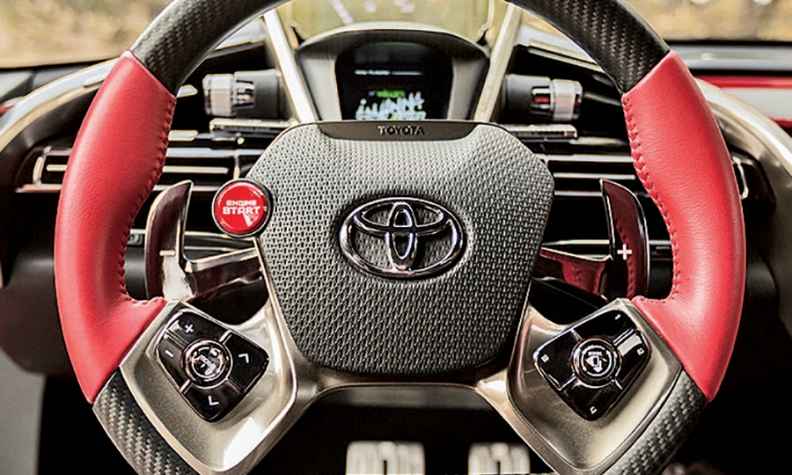
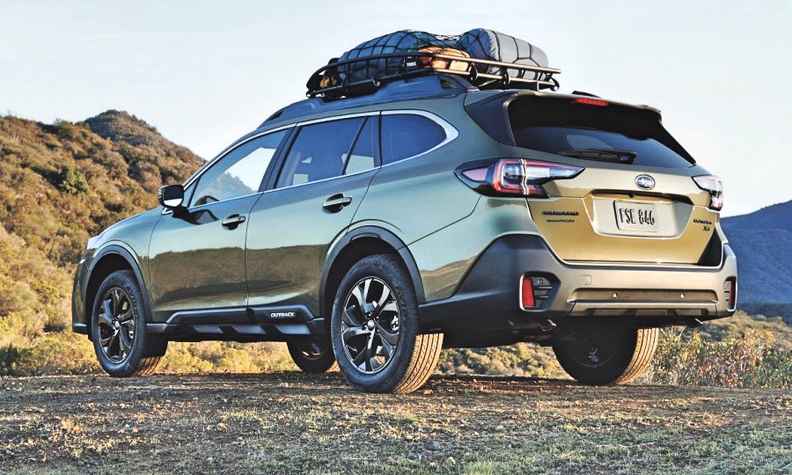
Post your comment